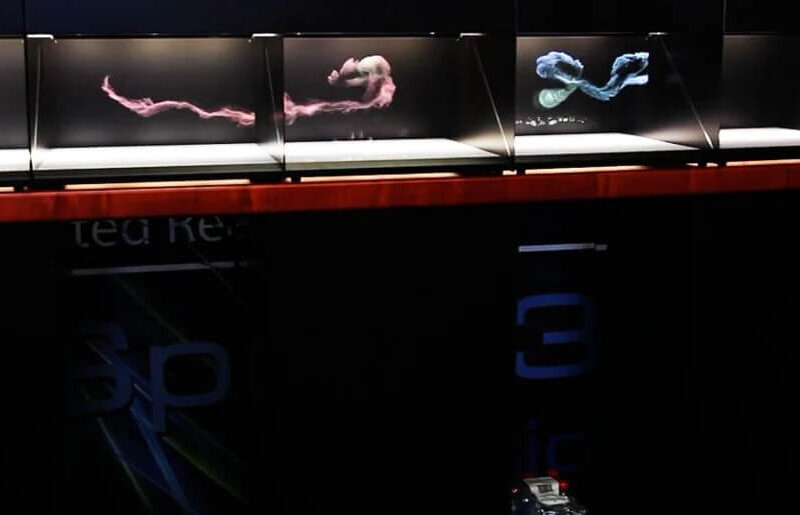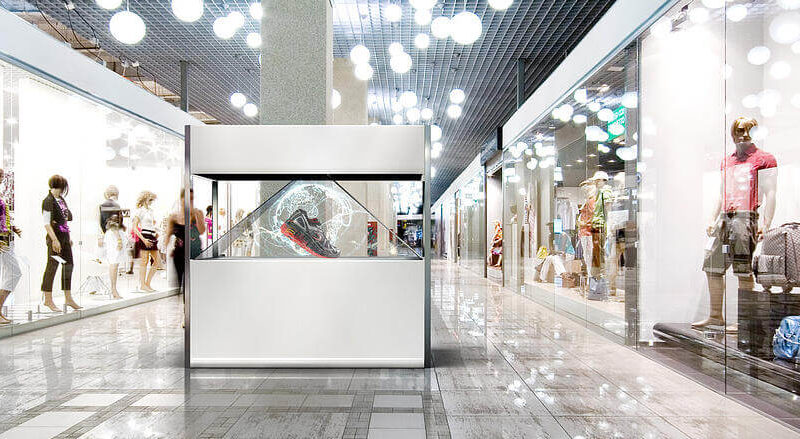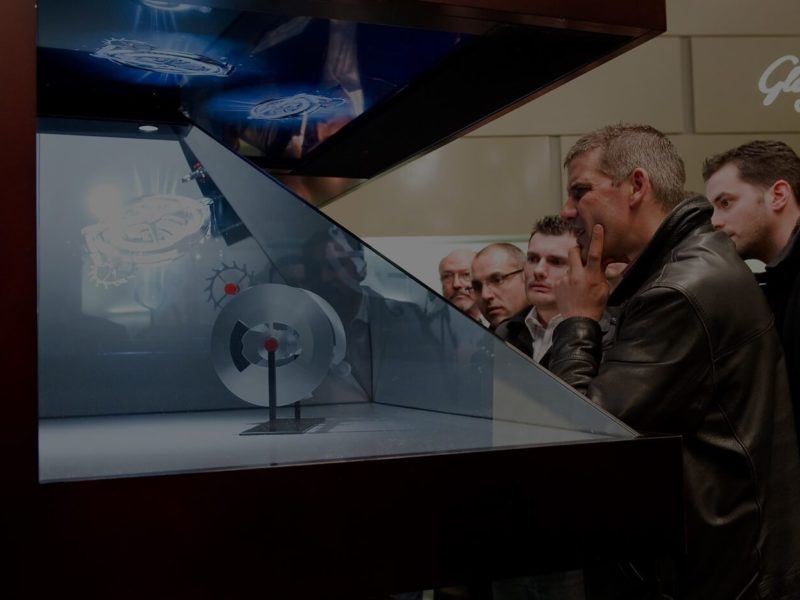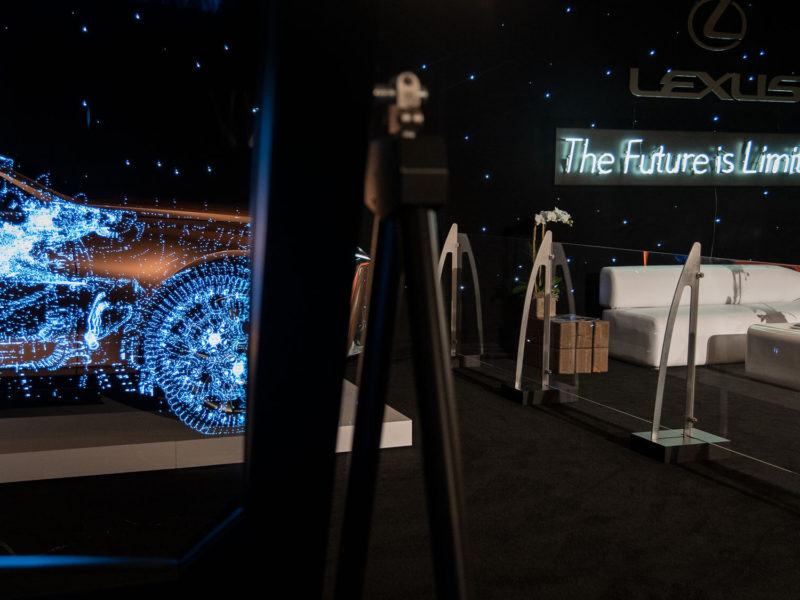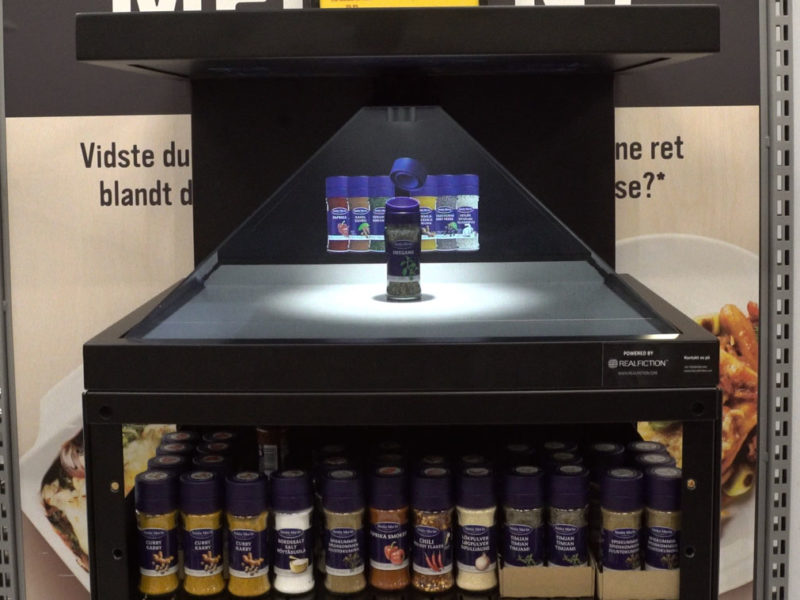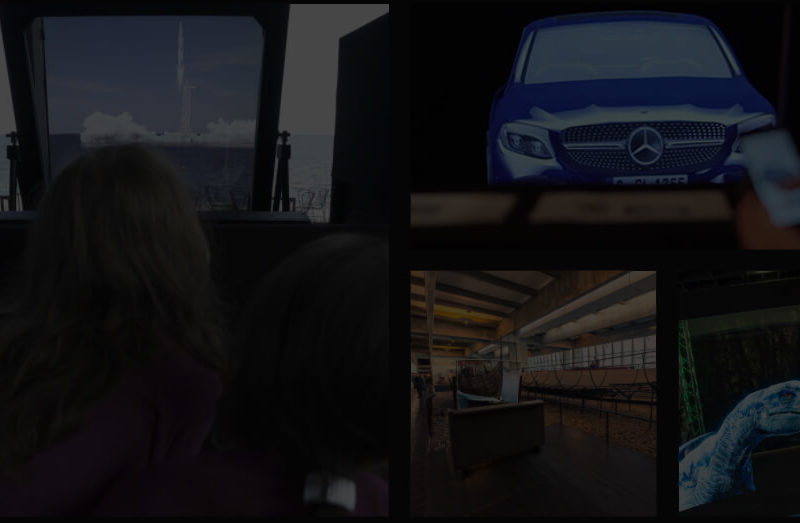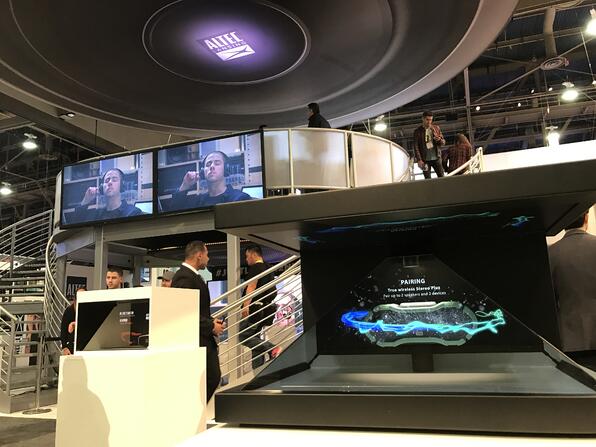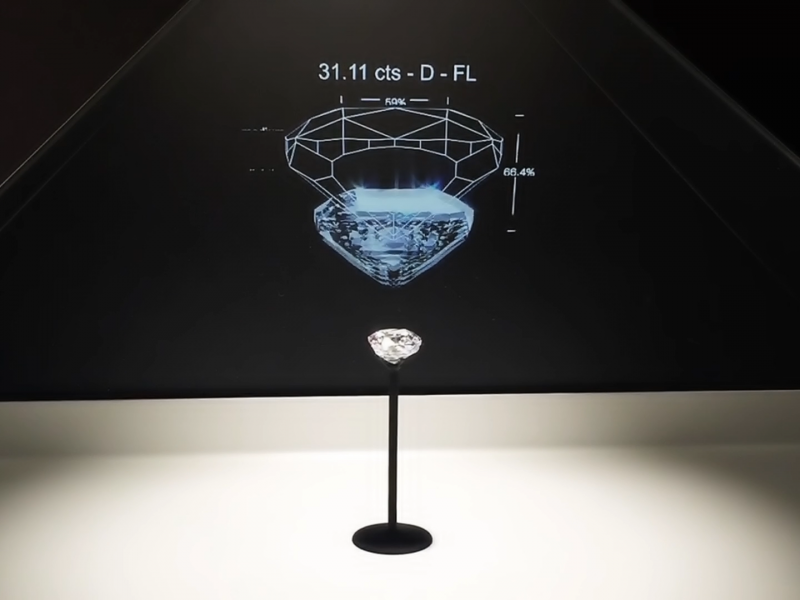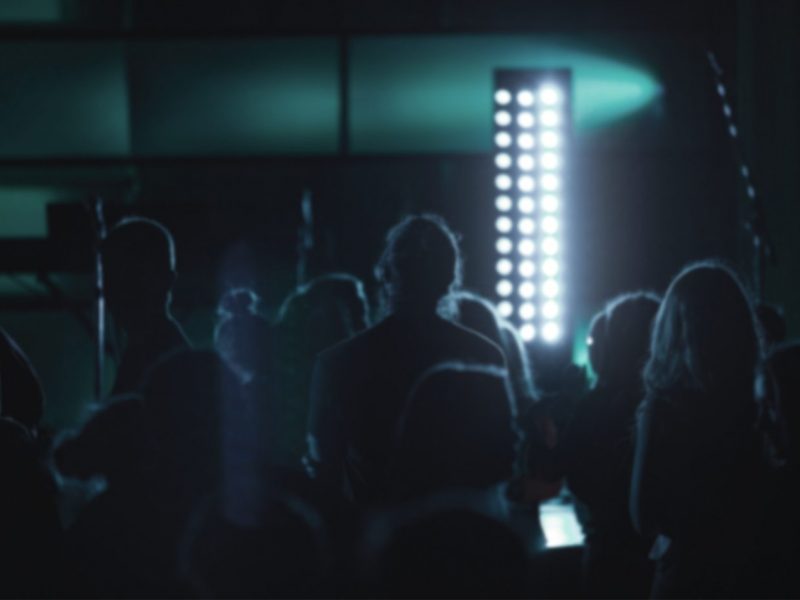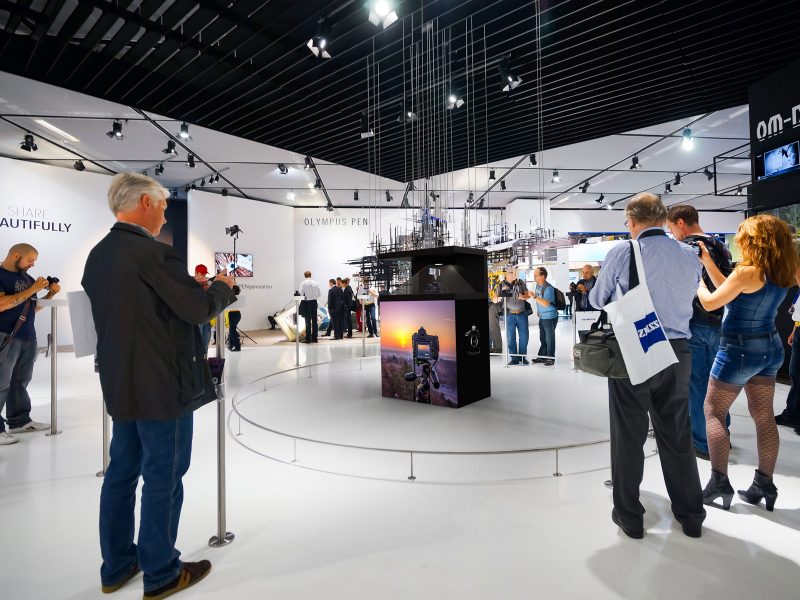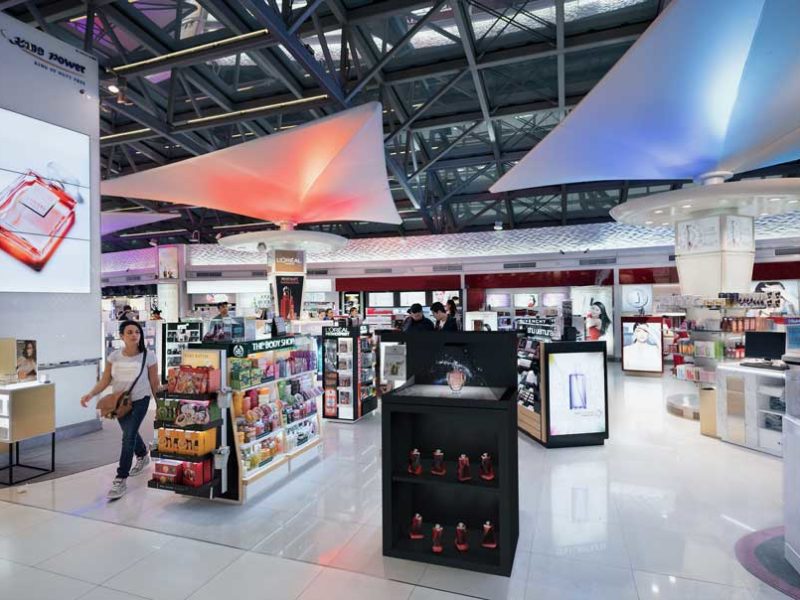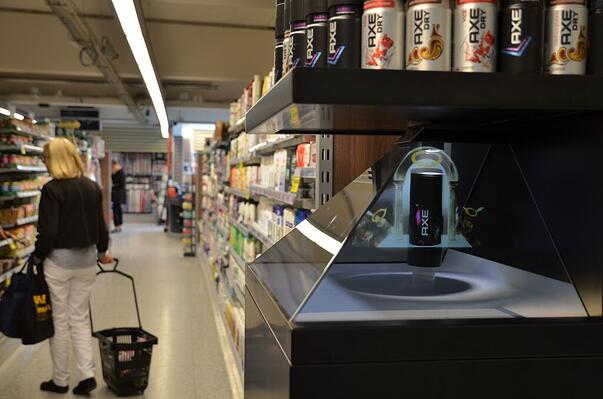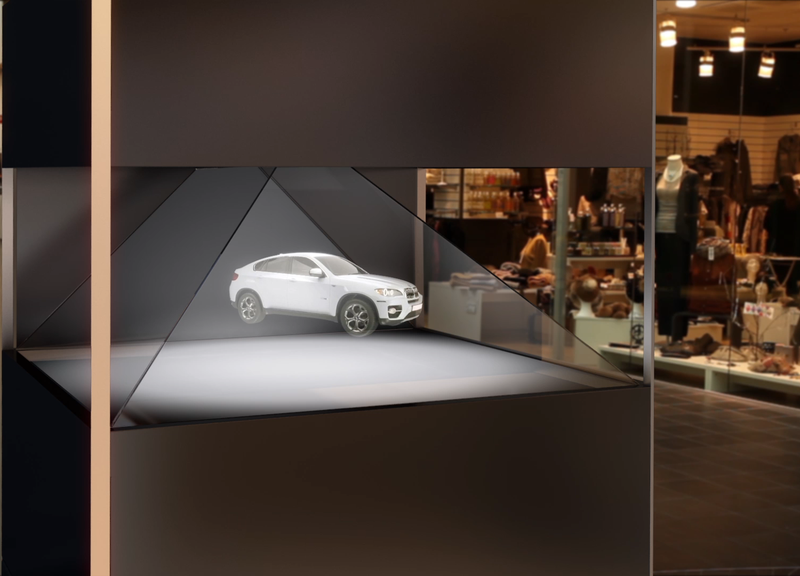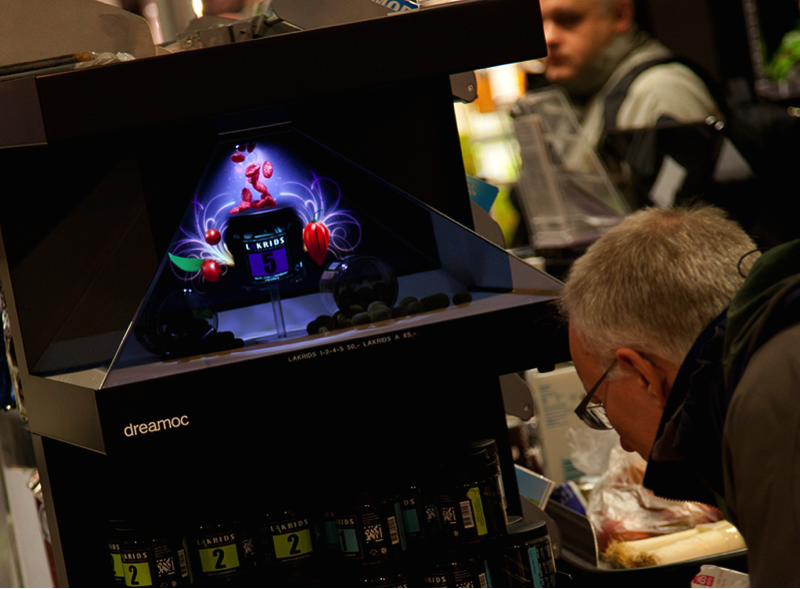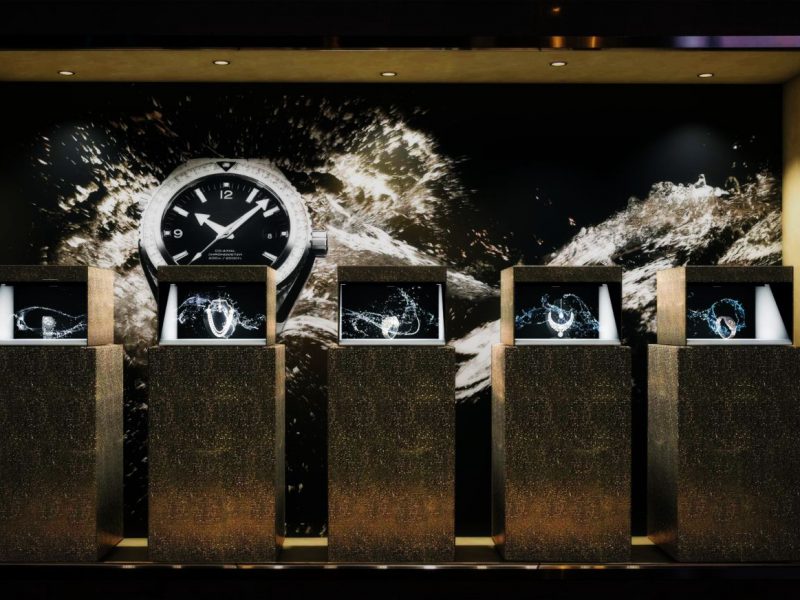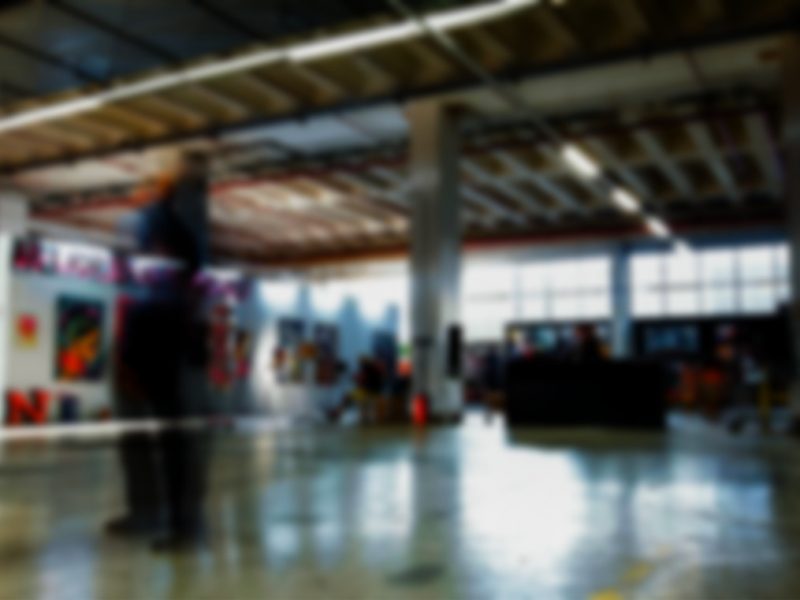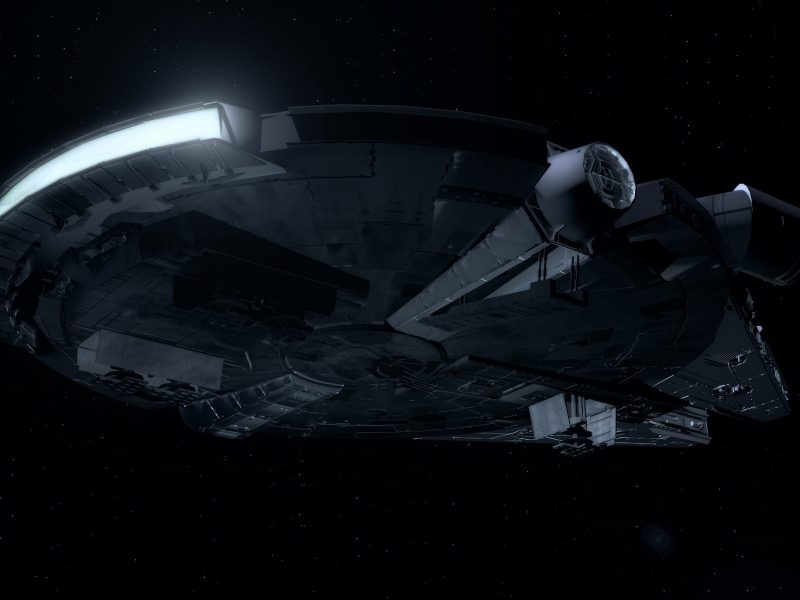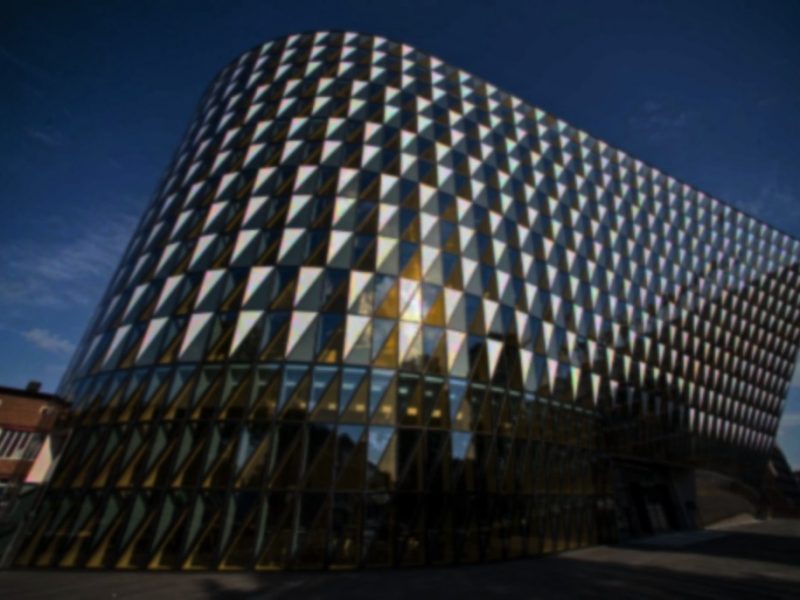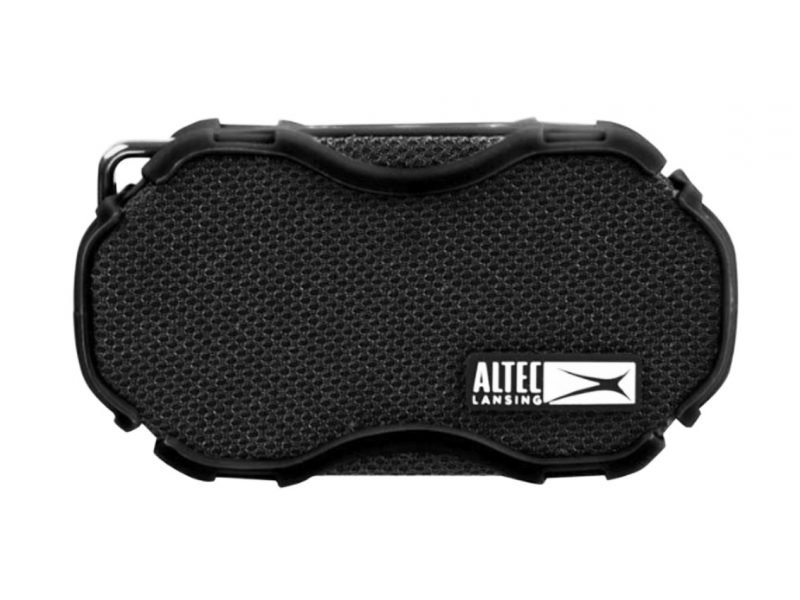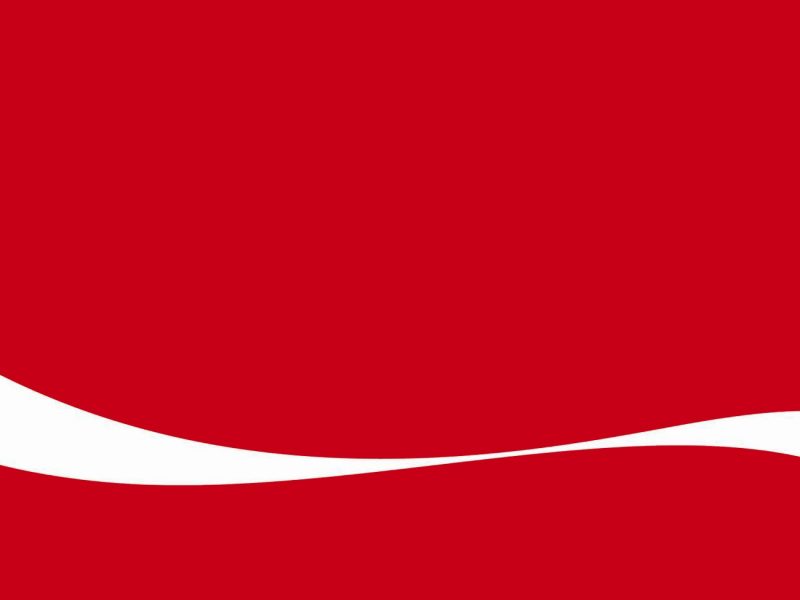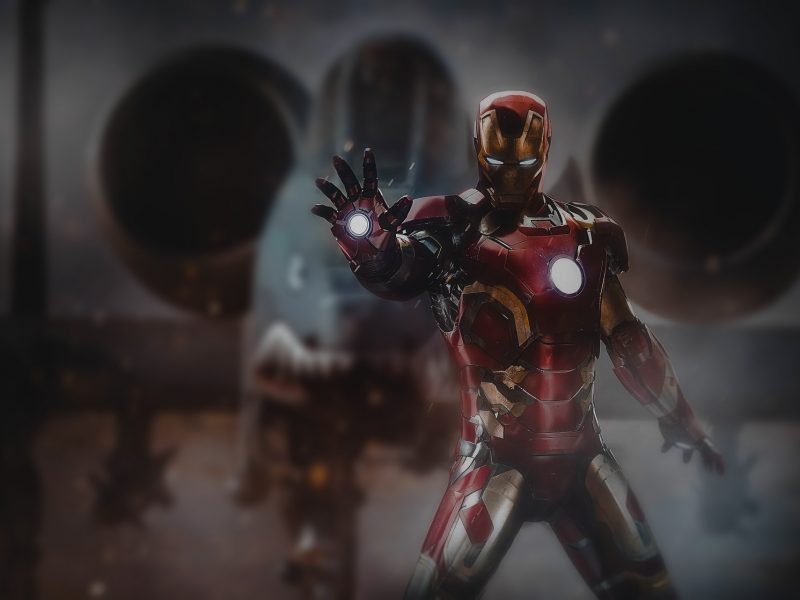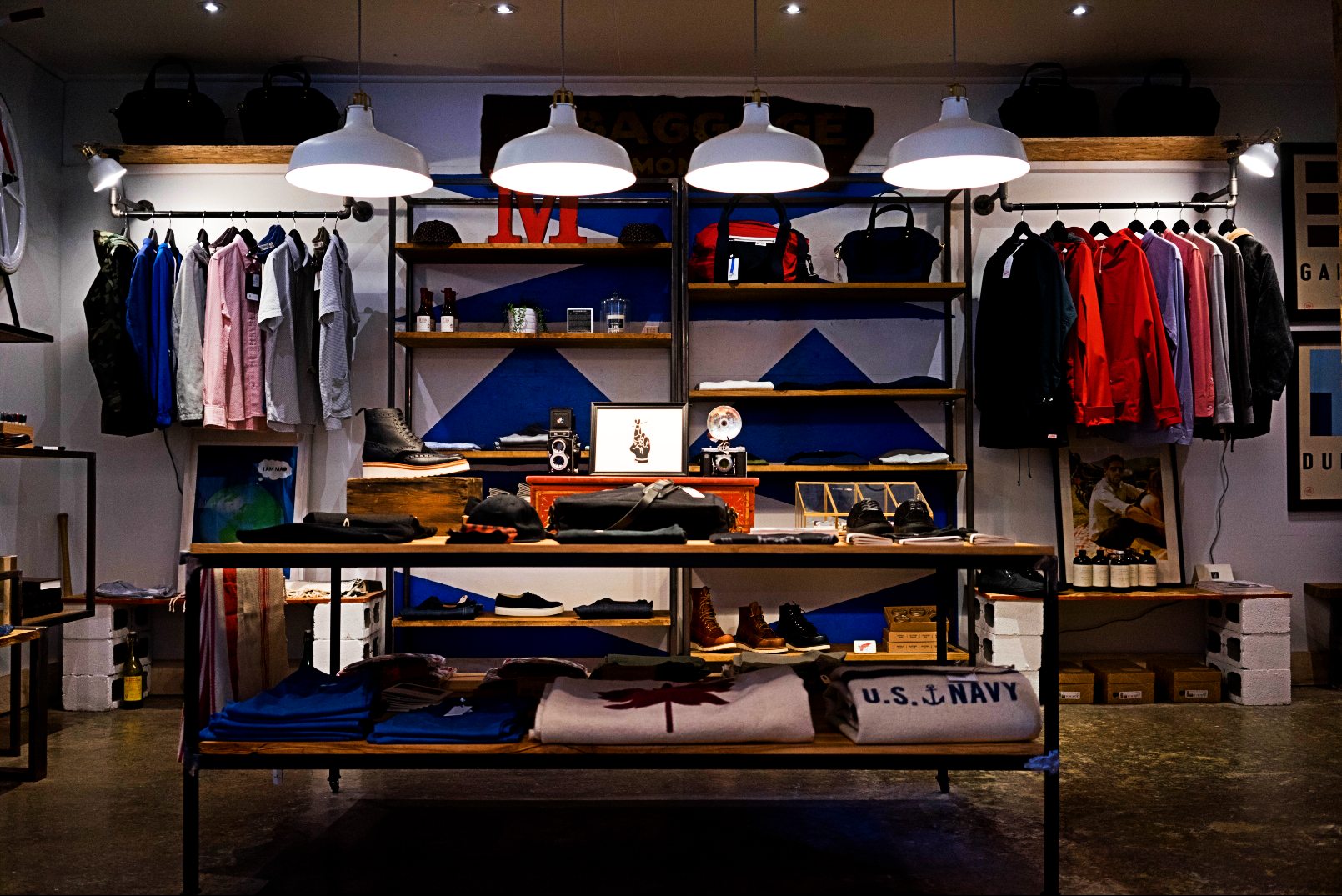
If you’re not careful, your in-store marketing could turn into a living nightmare
Picture yourself in this situation: It’s the big day, your new product is shelved up and ready to go and there’s a palpable sense of anticipation throughout the store.
It’s one hour until opening time and now you just need the final touches as you unroll the banner you’ve had printed … ‘Buy one et one free, only today’, ‘BUY ONE ET ONE FREE?!’ How the hell has somebody missed the ‘g’ off of ‘get’?
This is just one example of the in-store marketing minefield you have to navigate when trying to rely on traditional forms of campaign materials. Throughout this article we’re going to take a look at some of the other real-life obstacles you may come up against.
The Store
It’s inevitable that your stores are going to be different in layout and sizes. While there may be certain flagship store locations that you want to prioritise, it’s important that you maintain consistent themes, design and information across all of them.
This can turn into somewhat of a logistical nightmare when it comes to campaign time.
So let’s say you want to order a bunch of printed banners, some window posters, a table for a display and some cardboard cutouts. Are the same measurements going to apply for all of your stores? That’s highly unlikely, and this is where the problems start.
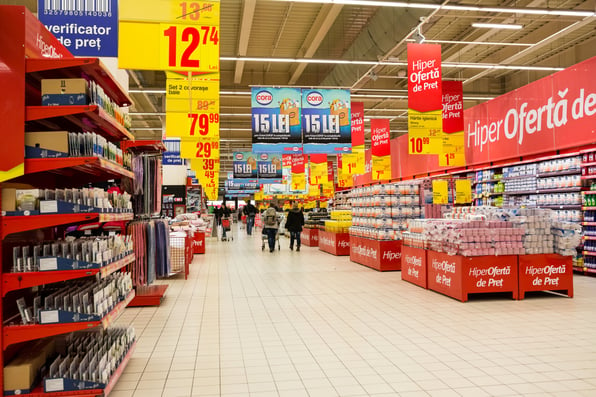
Imagine brands with campaign roll-outs reaching +500 stores/ selling points. Ordering print materials in that range requires logistics equivalent of sending a manned space probe into orbit. And it’s not like you can just make amendments once they turn up and you figure out that the banners are too long and the window posters are too wide.
It’s not the same as your online site where one size fits all, every physical store requires a unique approach to layout, design and merchandising that can prove to be a giant hole in the head.
The Printing
Print is expensive, especially when you have multiple adaptations for different store locations. That’s assuming that you get all the measurements spot on and don’t have to order any amended versions.
Not only is print expensive, but you don’t actually get a lot for your money. In terms of engagement levels, print materials represent one of the lowest forms of generating attention from your customers in-store.
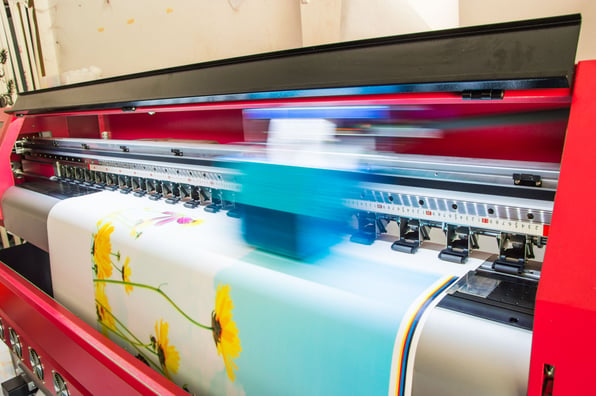
In-store marketing should be all about making passers by stop in their tracks, offering them an experience and encouraging them to share it online. You can’t exactly print social sharing icons on a banner and no matter how long you spend on google fonts you’re not going to stop anyone in their tracks with particularly nice typography.
In-store marketing should be interactive and stimulating, whereas print marketing just hangs there in silence with its fingers crossed that someone will take notice. The retail environment is far too competitive for these forgettable forms of promotion – you need to be bold if you’re going to influence consumers in today’s market and convince them to buy.
The Staff
Marketing is often viewed as a cost rather than a profit center, which is why sales staff will often place it towards the bottom of the list of priorities. This can make it incredibly difficult to rely on your staff to successfully roll out a campaign in each of your stores. Furthermore, if you’re campaign is set to run in multibrand stores, the chances for success are even slimmer as you are now also battling against the staff’s likebility of other brands.
You may have an army of visual merchandisers ready to do what they do best, but you’re on a budget and you have to prioritise the flagship stores with the highest foot traffic. This inevitably means that other stores are neglected, yet again.
Communication can be a big problem too. You sent an email out announcing that the new campaign was on its way, but you didn’t receive a single reply (as usual). Have the print materials made it to the store? Did they get the email? Have they read it but just chosen not to respond? Are they all secretly plotting against you?
When members of staff couldn’t care less about the campaign you’ve been working on for the past 3 months it can be incredibly difficult to drive home the results you need.
Old School Marketing Tactics Just Dont Work Anymore
If you’re a brand that still relies on traditional in-store marketing then you can probably relate to one or more of the issues above. The bottom line is that the traditional in-store marketing just don’t work anymore. You need to generate attention and manufacture desire through your messaging. You should be using digital signage, creating experiences, encouraging social sharing and stamping your brand into the forefront of your customers minds.
So to answer the original question, why is it so hard to get in-store marketing right?
It’s because not enough brands are evolving and adapting their in-store marketing to align with new technologies and shifting consumer behaviours.
If you’re going to propel your brand into the future you need to make your customers feel like they’re already there.

